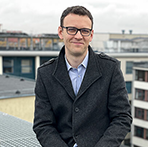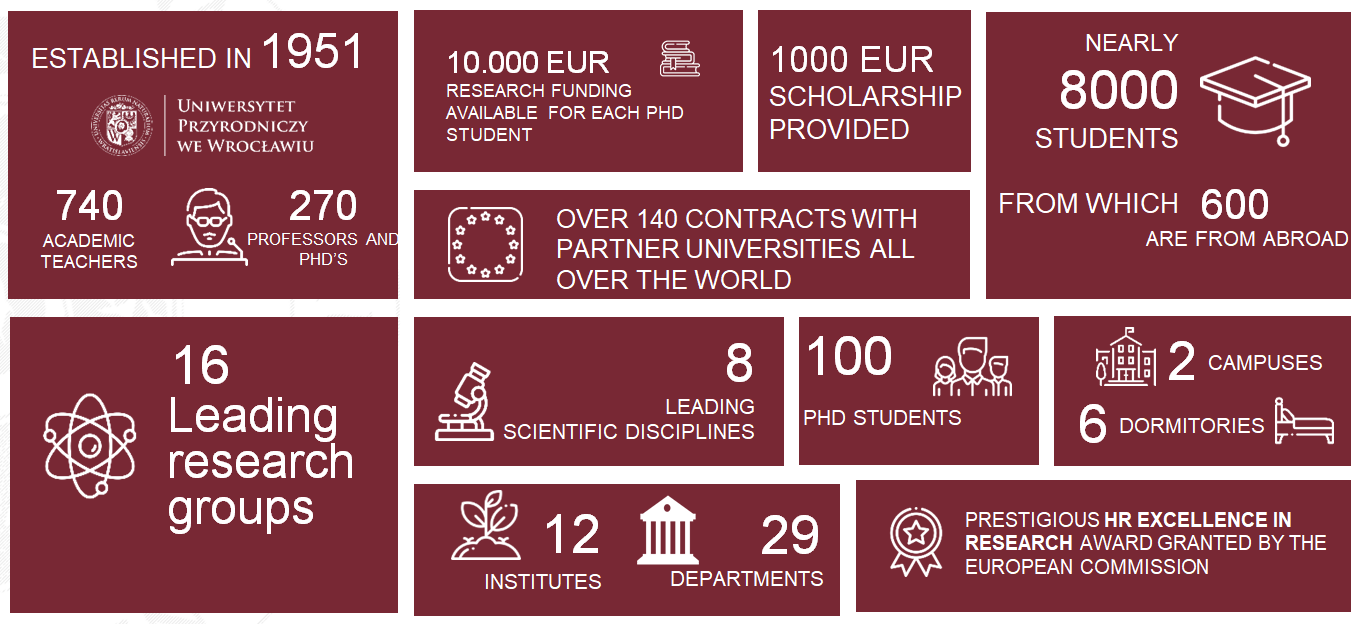The research topics in the discipline may concern:
- positioning and navigation using observations from Global Navigation Satellite Systems (GNSS) and other measurement systems. Includes: improving the methods of GNSS satellite observation processing in real-time, near-real-time, and post-processing for navigation and geodetic purposes, integration of sensors: GNSS satellite receivers, inertial measurement units, gyroscopes and LIDAR to determine the position and orientation of mobile devices
- atmospheric research and modeling, in particular: modeling the state of the Earth's atmosphere based on GNSS satellite, radiometric and meteorological observations. Development and implementation of systems for supplying numerical weather forecast models with GNSS satellite observations
- developing methods of analysis, modeling, and presentation of spatial data with the use of cartographic, geoinformation, and machine learning tools. Big data processing, including: research and prediction of the flow of people and vehicles using mobile data for the construction of smart-city systems
- the use of artificial intelligence methods in spatial analyses, geoinformatics, photogrammetry, and remote sensing. Modeling and publishing data in spatial information systems using the Semantic Internet method and using natural language analysis to integrate web resources with spatial data
- development of the Global Geodetic Observation System (GGOS), in particular: determining global geodetic parameters describing the rotation, geometry, and gravity field of the Earth using satellite laser ranging to the Earth's artificial satellites and integrated GPS, GLONASS, Galileo, and BeiDou observations. Improving the methods of determining the local geoid and quasigeoid with the use of integrated gravimetric, leveling and GNSS data
- precise determination of the orbits of the Earth's artificial satellites, taking into account the gravitational and non-gravitational perturbations and the effects of general relativity. Synchronization, time transfer, and determination of geodetic parameters with the use of chronometric geodesy techniques using terrestrial and satellite atomic clocks
- observation of the natural environment, infrastructure, and structures, in particular terrain deformations, with the use of remote sensing satellite, air and terrestrial techniques. Developing new measuring instruments. Establishment and expansion of a network of permanent GNSS stations and integrated points of the geodetic network (benchmarks) and precise measurement of the infrastructure, as well as geodynamic research in the field of monitoring active tectonic zones, landslides, and mining areas with the use of relative and absolute surveying techniques and geodetic observations as well as GNSS seismology
- generating numerical terrain models and numerical land cover models based on data obtained from unmanned aerial vehicles and laser scanning. Creating three-dimensional models of engineering and natural objects using photogrammetric and remote sensing techniques
- sustainable construction - research and analysis of concrete containing modern composites. Developing technology and testing the properties of concretes and mortars, including the use of nano-additives and nano-admixtures in concrete and mortar technology, the use of recycled materials in concrete and mortar technology, development of high-quality water-permeable concrete technology. Testing, analysis, and modeling of the load-bearing capacity of wooden layer elements including the slip between component layers and reliability analysis. Dynamic analysis of structures subjected to moving loads; in particular, analyzing the vibrations of bridge beams, footbridges, and slab ceilings loaded with traffic in terms of deterministic and stochastic dynamics. Limit states of the load-bearing capacity and serviceability of reinforced concrete structures made of ordinary and high-quality concrete, modified with dispersed reinforcement (slabs, beams, columns). Analysis of reinforced concrete and fibro-concrete elements with the use of artificial intelligence. Analysis of steel structures using numerical methods
- research on the mechanical properties of soils based on modern research techniques. Identification and formulation of naturally occurring correlations with regard to strength and deformation parameters, in particular for clay soils. Analysis of the influence of climate changes on the physical and mechanical properties of subsoil. Research on geotechnical parameters and phenomena occurring in soils stabilized with nano-additives
Keywords: geodesy, geoinformatics, civil engineering, construction, nano-components, building structures, cartography, satellite measurements, gravimetry, photogrammetry, remote sensing, geodynamics, displacement measurements, deformation research, geotechnics, geospatial engineering, satellite navigation, big data, machine learning, spatial analysis, numerical modeling, geographic information systems, spatial information infrastructure, satellite orbit determination, precise positioning, Earth rotation, Earth's gravitational potential, GNSS meteorology, InSAR, Lidar, data integration, geodetic reference systems, monitoring of the natural environment, infrastructure and structures
Questions about the discipline?
 D.Sc. Tomasz Hadaś
D.Sc. Tomasz Hadaś
tel.: (+48) 71 320 5682
e-mail: tomasz.hadas@upwr.edu.pl
BASE OF KNOWLEDGE UPWR
 D.Sc. Tomasz Hadaś
D.Sc. Tomasz Hadaś